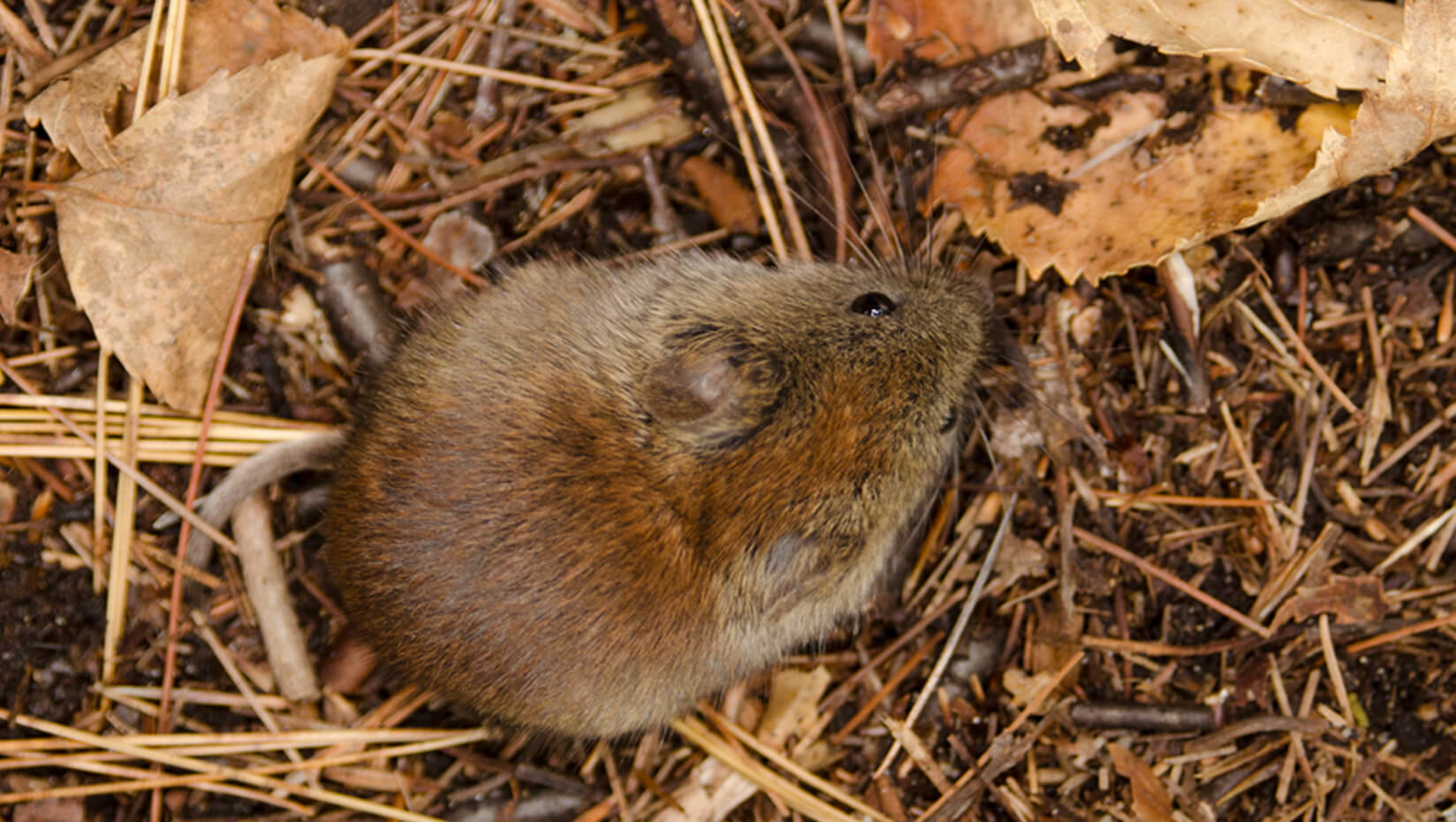
Long-term study links tree seeds, rodent population fluctuations
Using data from a 33-year population study, University of Maine researchers have found evidence that various tree species can affect rodent populations in different ways.
The results advance the understanding of interactions between seeds and rodents, as well as complex population fluctuations, according to the researchers.
The study was led by then-master of wildlife conservation student Ryo Ogawa and Alessio Mortelliti, an assistant professor of wildlife habitat ecology at UMaine.
The amount of tree seeds in an area is known to affect rodent populations. However, knowledge surrounding demographic mechanisms by which seeds influence population density and growth rates is limited, the researchers say.
To study the demographic mechanisms, the researchers used long-term population data on red-backed voles (Myodes gapperi) in the Holt Research Forest, a mixed deciduous-coniferous forest in Arrowsic, Maine.
Previous studies established that the Holt vole population is cyclical, and found evidence that the extent of fluctuations is partly affected by the prevalence of white pine seeds, according to the researchers.
The duration of the project, combined with a high number of tree species — 10 — in the research area, provided an opportunity to study the demographic mechanisms linking seed availability and rodent population fluctuations, the researchers say.
The team found various seeds affected the vole population differently, and the effects were strongly dependent on the animal’s population density. They determined white pine seeds were particularly important when density was low, and their main effect was to increase recruitment. Paper birch seeds became important only when density was high and exerted their effect mainly by increasing survival.
Jack W. Witham, an associate scientist in the School of Forest Resources and site manager of Holt Research Forest; and Malcolm L. Hunter Jr., Libra Professor of Conservation Biology and a professor of wildlife resources, are co-authors of the report.
The results of the study were published in the Journal of Mammalogy.
Contact: Elyse Catalina, 207.581.3747
